Blue Ridge Parkway, VA, 4/27/16
All photos are © Marshall Faintich
It was supposed to be sunny today, but the forecast changed yesterday as rain lingered into the early morning. But the new forecast was for cloudy skies until mid-afternoon when rain was to move into the area again. Walt Childs and I decided to look for warblers up on the Blue Ridge Parkway. There was light drizzle when we arrived at the north end of the parkway a little before 9:30. We planned to stop at our favorite warbler locations on the first 12 miles of the parkway, and stop at other overlooks if we heard warblers. We weren't eager to trek in tall wet grass, so we were cautious about where we stopped. Our first stop was at the Rockfish Valley Overlook (mm. 2) where Cerulean and Kentucky Warblers have nested in previous years. We saw a couple of American Redstarts, heard a distant Yellow-billed Cuckoo, and saw our First of Season (FOS) Indigo Bunting.
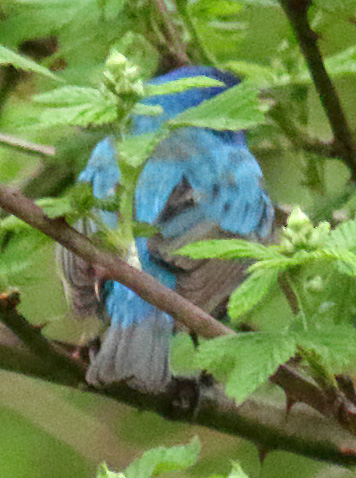
Indigo Bunting
| | |
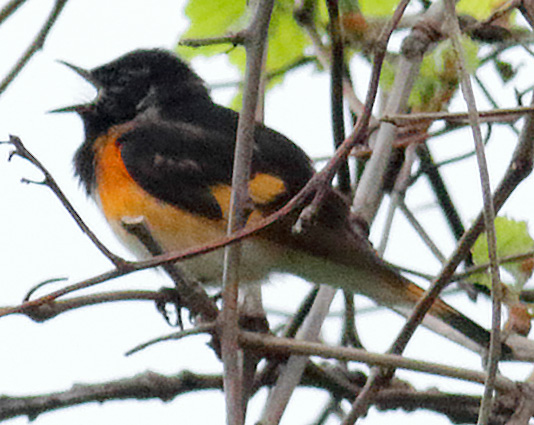
Male American Redstart
Our next stop was at the Humpback Rocks visitor center, and we hiked a bit into the woods behind the Pioneer Farm. I got some looks at a Hooded Warbler. We had heard Hooded Warblers on the parkway last week, but couldn't locate them. Today was different.
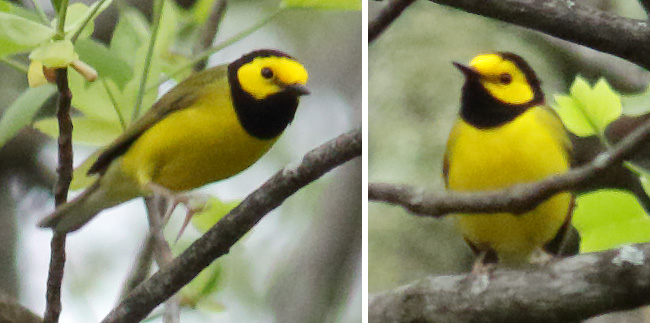
Hooded Warbler
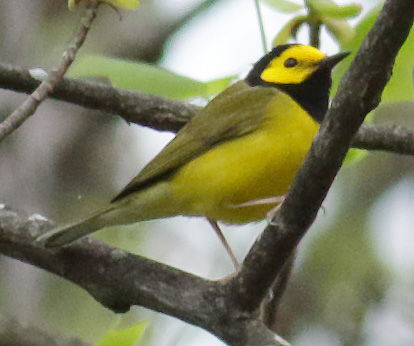
Hooded Warbler
And then I had one of those birding events that doesn't happen very often. I thought that I heard a Cerulean Warbler high up in one of the trees, but could not locate it. I was looking down at the photos of the Hooded Warbler on my camera screen when I heard the noise of flapping wings. A male Cerulean Warbler flew so close to me that its wing tips brushed against my photo jacket between my face and my camera. It landed in a small tree a couple of feet in front of me, but by the time I could get my camera up and focused, it was gone.
We then stopped at the large cirque between mm. 7 and mm. 8. In previous years, we had seen migrating flocks of mixed warbler species at the north end of the cirque where Black & White Warblers appear to nest, and as many a seven warbler species at the south end of the cirque. Canada Warblers have been at the south end, near the curved road sign, the first two weeks of May every year I have been birding. This morning at the north end, it was fairly quiet, but I noticed a female Black & White Warbler taking a bath in a very small puddle that had formed from the rain. She finished her bath, then popped up in front of me to shake off the water and preen her feathers.

Female Black & White Warbler
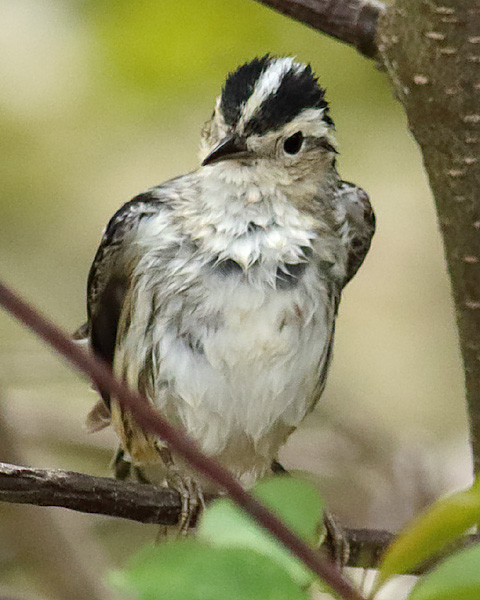
Female Black & White Warbler
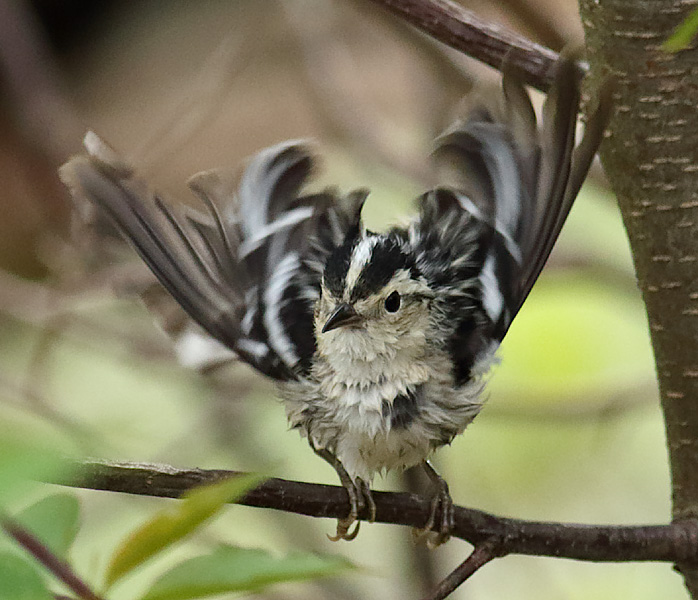
Female Black & White Warbler
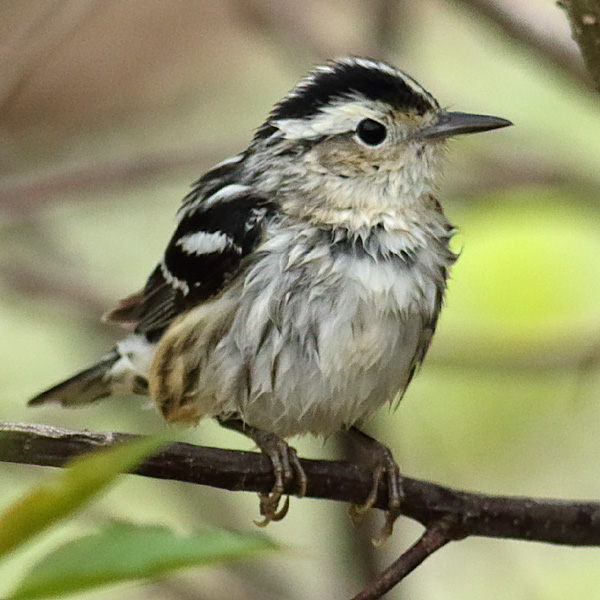
Female Black & White Warbler
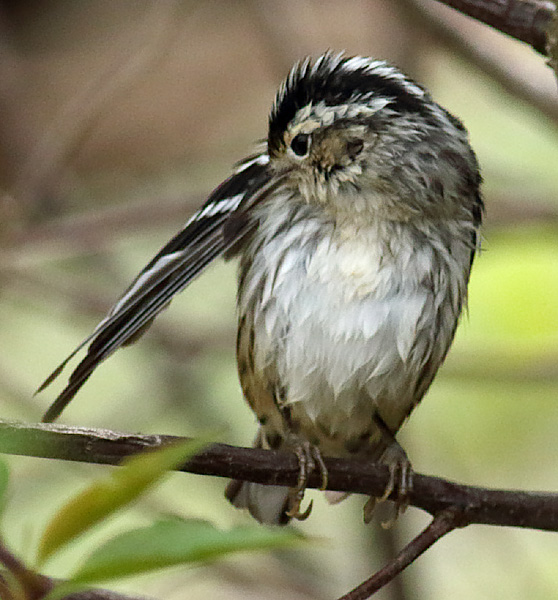
Female Black & White Warbler
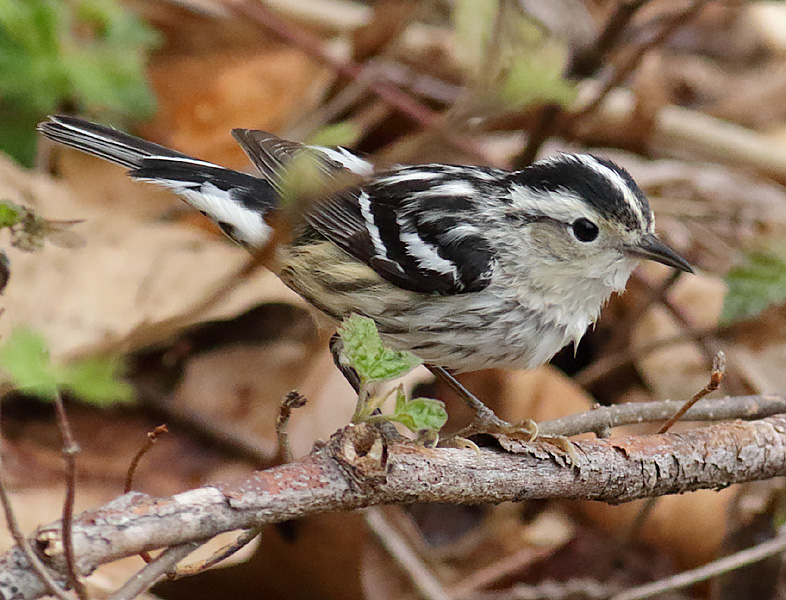
Female Black & White Warbler
The south end of the cirque was "birdier," and we saw more American Redstarts, a male Cerulean Warbler, male Black & White Warblers, and a Worm-eating Warbler.
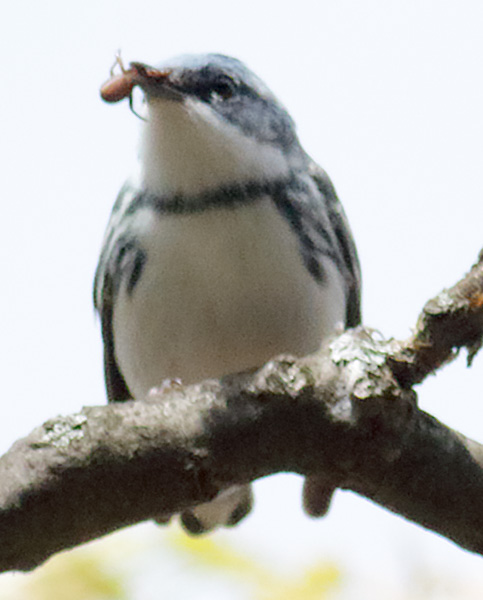
Male Cerulean Warbler
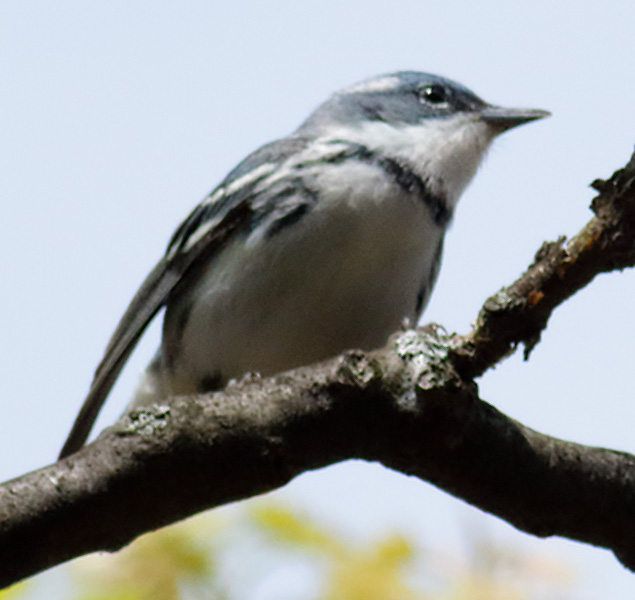
Male Cerulean Warbler
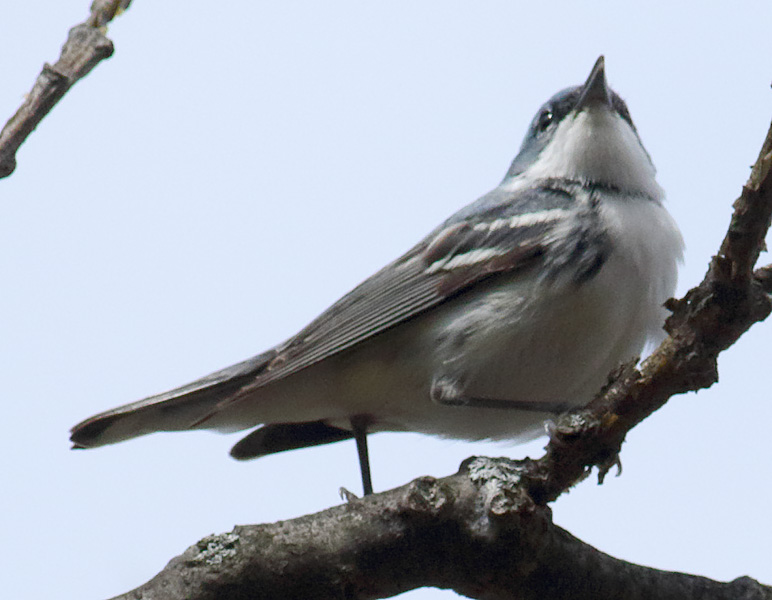
Male Cerulean Warbler

Male Cerulean Warbler
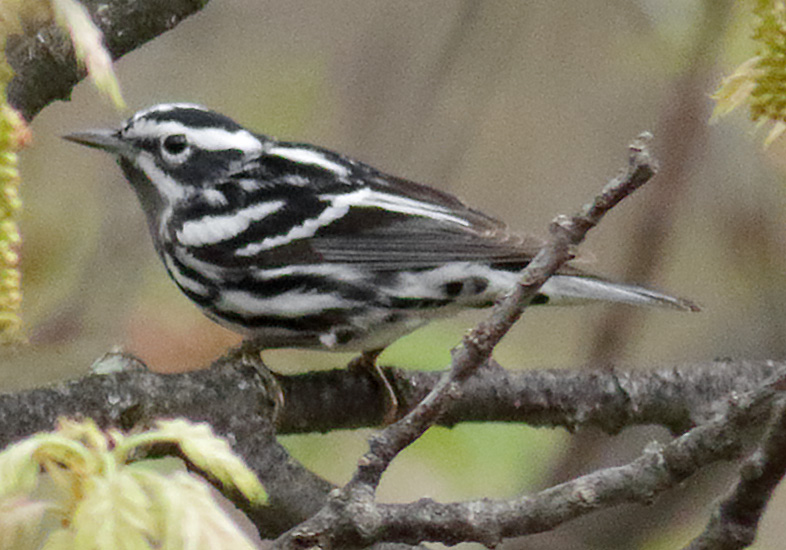
Male Black & White Warbler
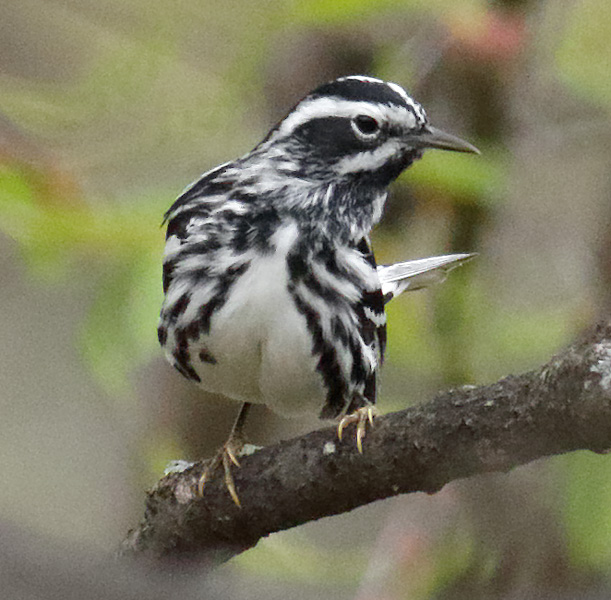
Male Black & White Warbler
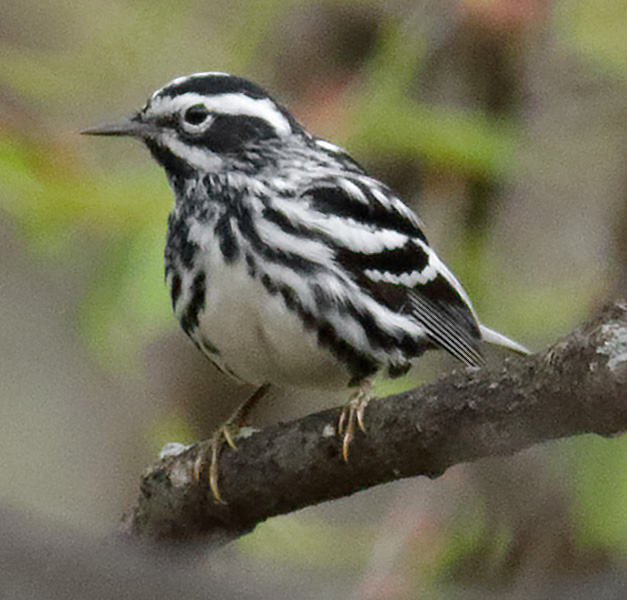
Male Black & White Warbler
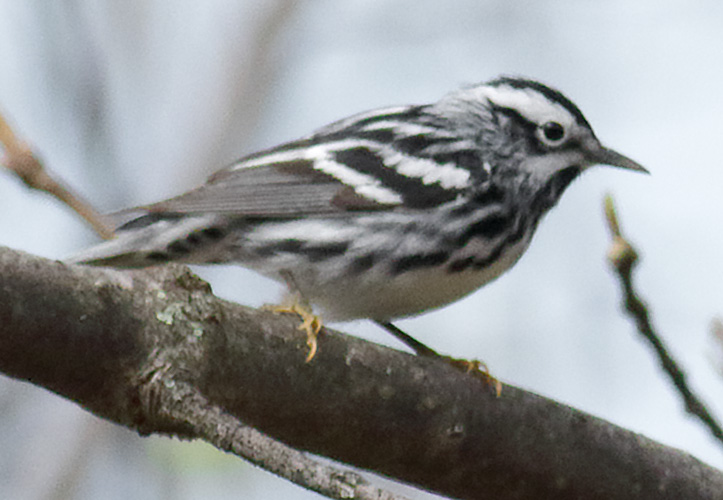
Male Black & White Warbler

Male Black & White Warbler

Worm-eating Warbler
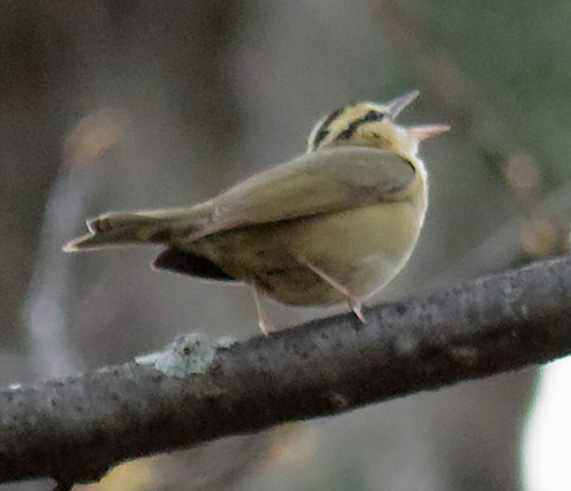
Worm-eating Warbler

Worm-eating Warbler

Worm-eating Warbler
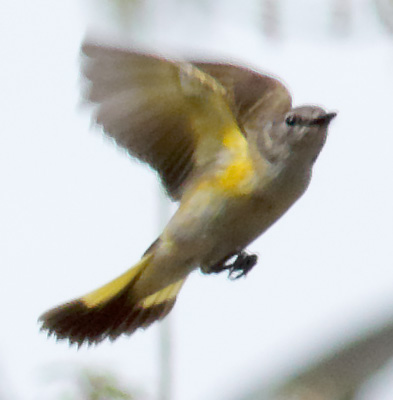
Female American Redstart
Our last stop was at Hickory Springs Overlook (mm. 12), where Cerulean Warblers and American Redstarts usually nest. We saw one male American Redstart that had yellow-orange wing and tail coloring, and I presume it was a first year male transitioning from juvenile to adult plumage. We watched a female American Redstart working on her nest, saw another Hooded Warbler and a female Cerulean Warbler.

Male American Redstart
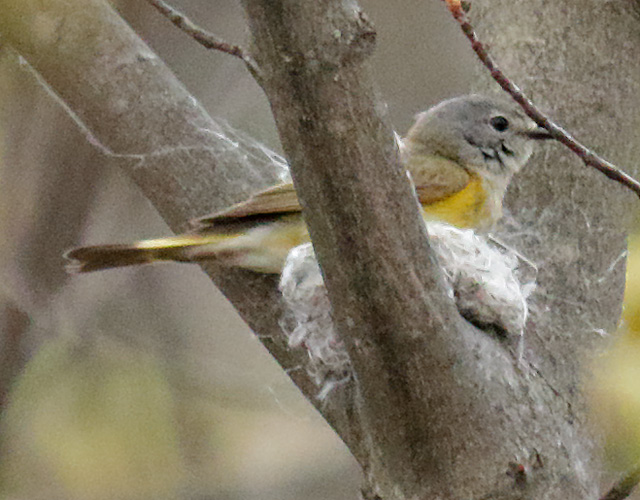
Female American Redstart
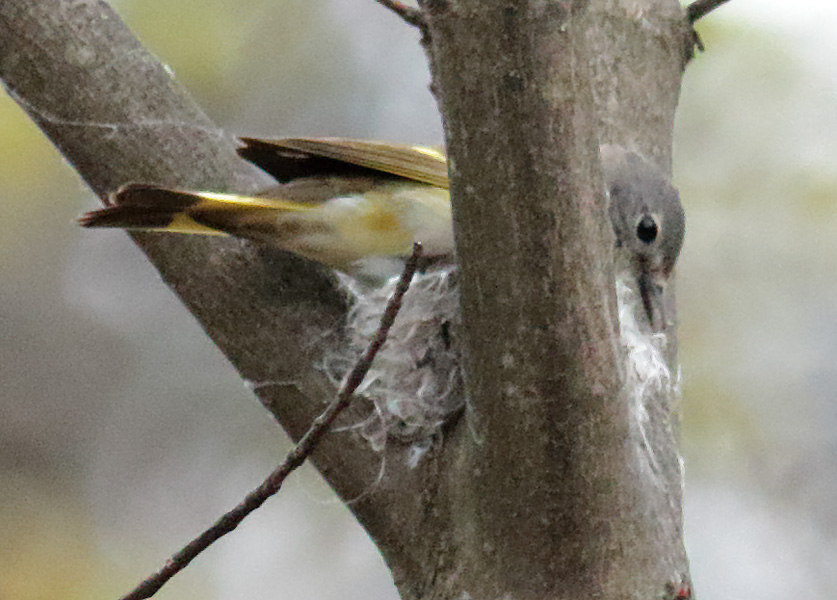
Female American Redstart

Female American Redstart

Female American Redstart
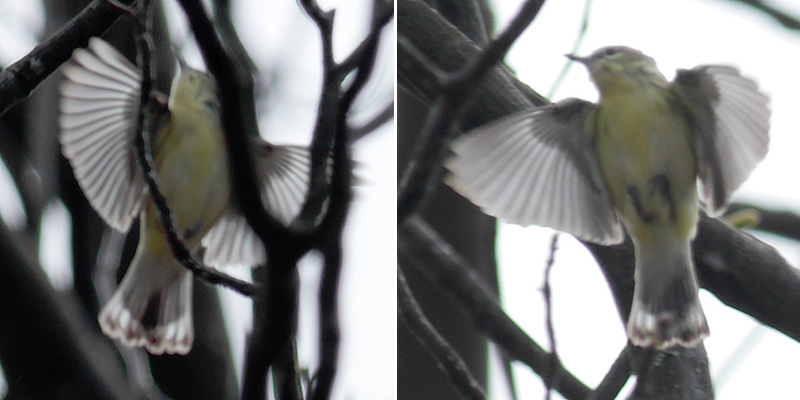
Female Cerulean Warbler

Female Cerulean Warbler

Female Cerulean Warbler
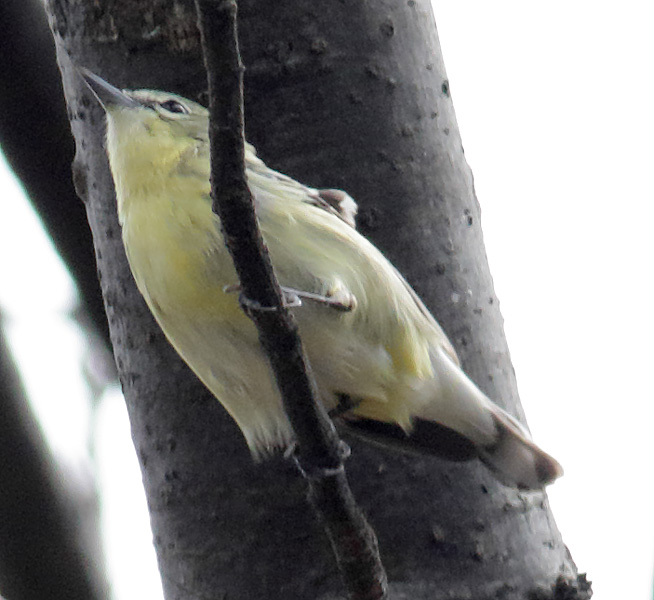
Female Cerulean Warbler
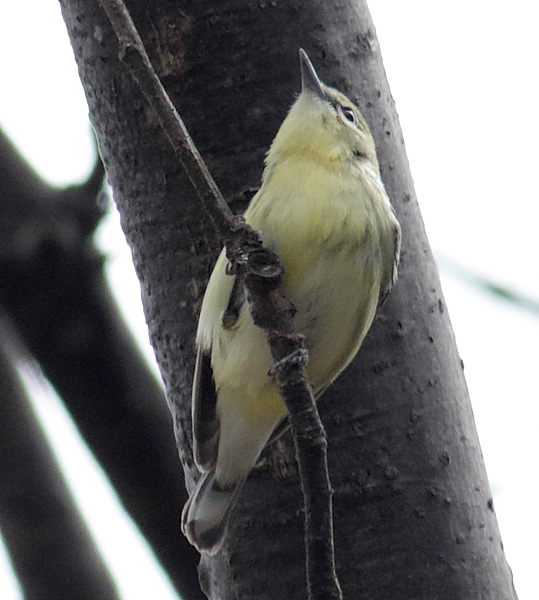
Female Cerulean Warbler
In the first 12 miles of the Blue Ridge Parkway, we logged about 30 avian species, including 5 warbler species and 5 woodpecker species, but only one vireo (Red-eyed). We got a quick look at a pair of birds at the south end of the cirque that looked like Red-eyed Vireos, but looked too small, and perhaps they were Tennessee Warblers?
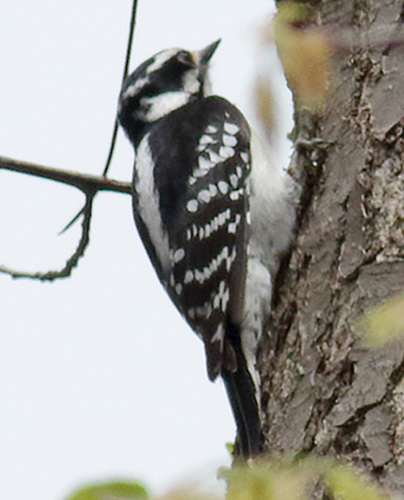
Downy Woodpecker
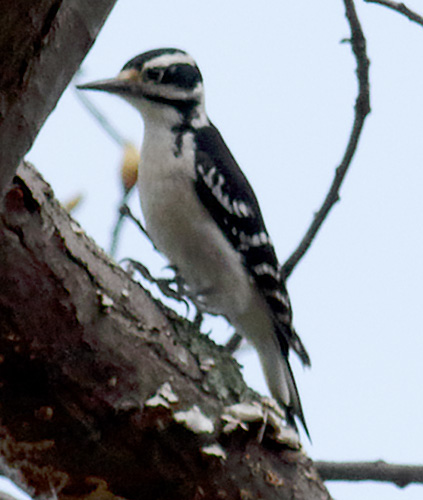
Hairy Woodpecker
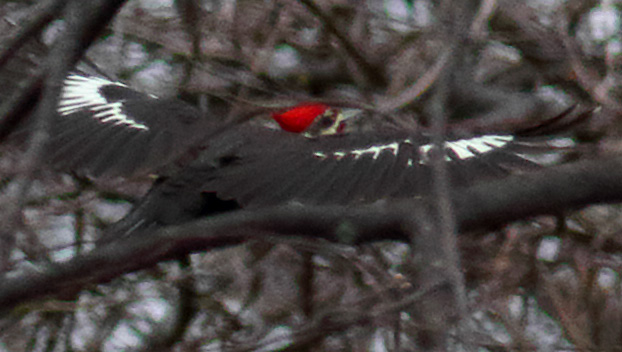
Pileated Woodpecker
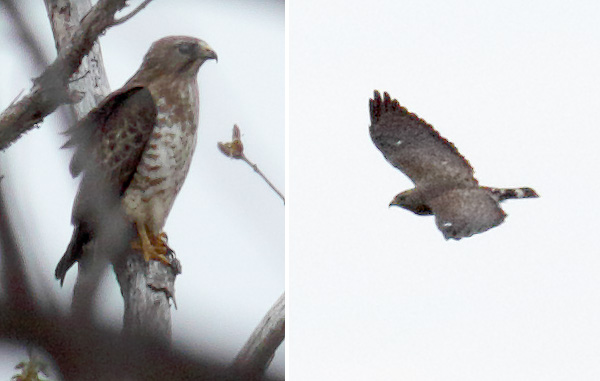
Broad-winged Hawk
E-mail comments on this report
Return to blog page home





































